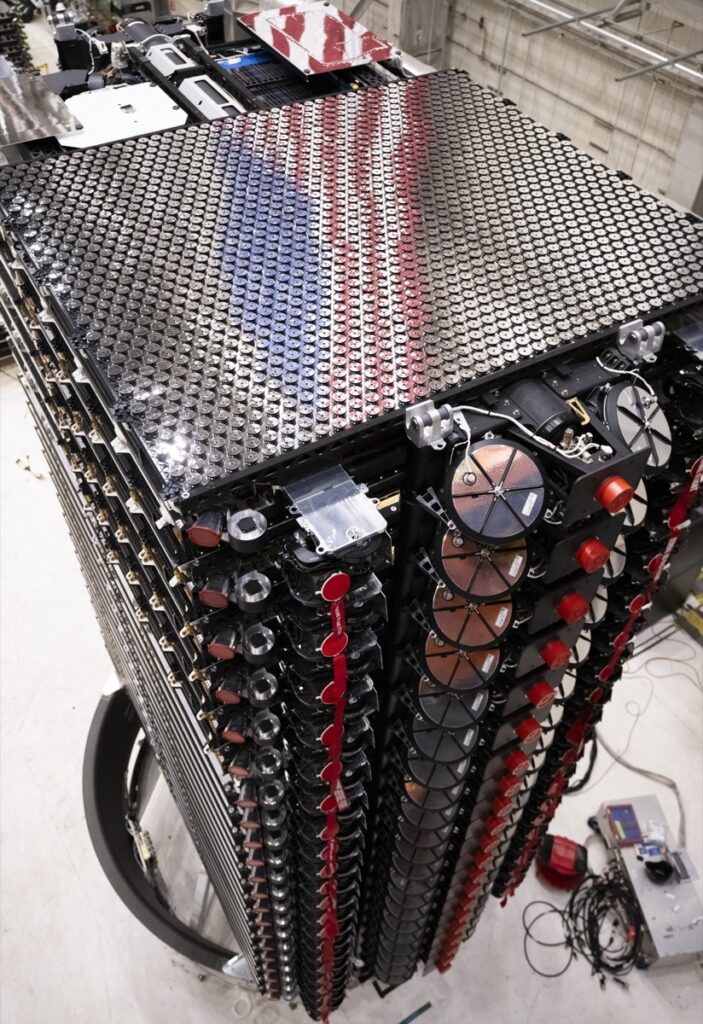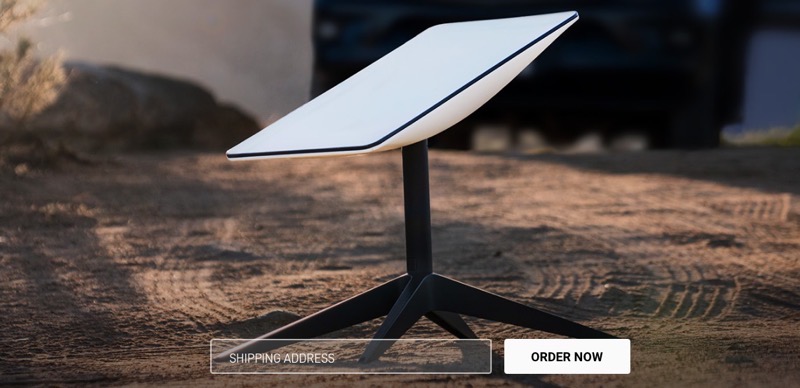
SpaceX Launches First Starlink Direct to Cell Satellites

On Tuesday, January 2, at 7:44 p.m. PT, SpaceX’s Falcon 9 rocket successfully launched 21 Starlink satellites into low-Earth orbit from the Space Launch Complex 4 East (SLC-4E) at Vandenberg Space Force Base in California.
This launch was notable for including the first six Starlink satellites equipped with Direct to Cell capabilities, marking a significant advancement in global communication technology.
The Direct to Cell feature enables mobile network operators worldwide to offer seamless global access to texting, calling, and browsing on land, lakes, or coastal waters without the need for hardware or firmware changes. These enhanced satellites function like a cellphone tower in space, equipped with an advanced modem, thereby eliminating connectivity dead zones and integrating with networks similarly to standard roaming partners.
Global cellular providers, including T-Mobile in the U.S., Rogers in Canada, KDDI in Japan, Optus in Australia, One NZ in New Zealand, Salt in Switzerland, and Entel in Chile and Peru, are utilizing Direct to Cell to gain reciprocal access in all partner nations. This collaboration will significantly expand global connectivity and help eliminate cellphone dead zones on Earth. This will save lives and open up new frontiers for cellular connectivity.
The Direct to Cell technology is compatible with existing LTE phones and requires no special apps, hardware, or firmware changes, ensuring seamless access to text, voice, and data services. Starting in 2024, the service will enable text connectivity, followed by voice and data in 2025, and IoT integration also in 2025.
SpaceX, leveraging its expertise in manufacturing and launching advanced rockets and spacecraft, is deploying these satellites at scale. The Direct to Cell satellites, initially launched on Falcon 9 rockets, will eventually be deployed using SpaceX’s newest rocket and largest ever in history, Starship. Once in orbit, they will connect via laser backhaul to the Starlink constellation, providing comprehensive global connectivity and peace of mind in remote regions.
Check out the launch replay below:
Falcon 9 launches 21 @Starlink satellites to orbit from California, including six with Direct to Cell capabilities → https://t.co/FgiJ7LOYdK pic.twitter.com/IKBkTSB63C
— SpaceX (@SpaceX) January 3, 2024


